How to Save Water and Add Color with Island Flower Beds
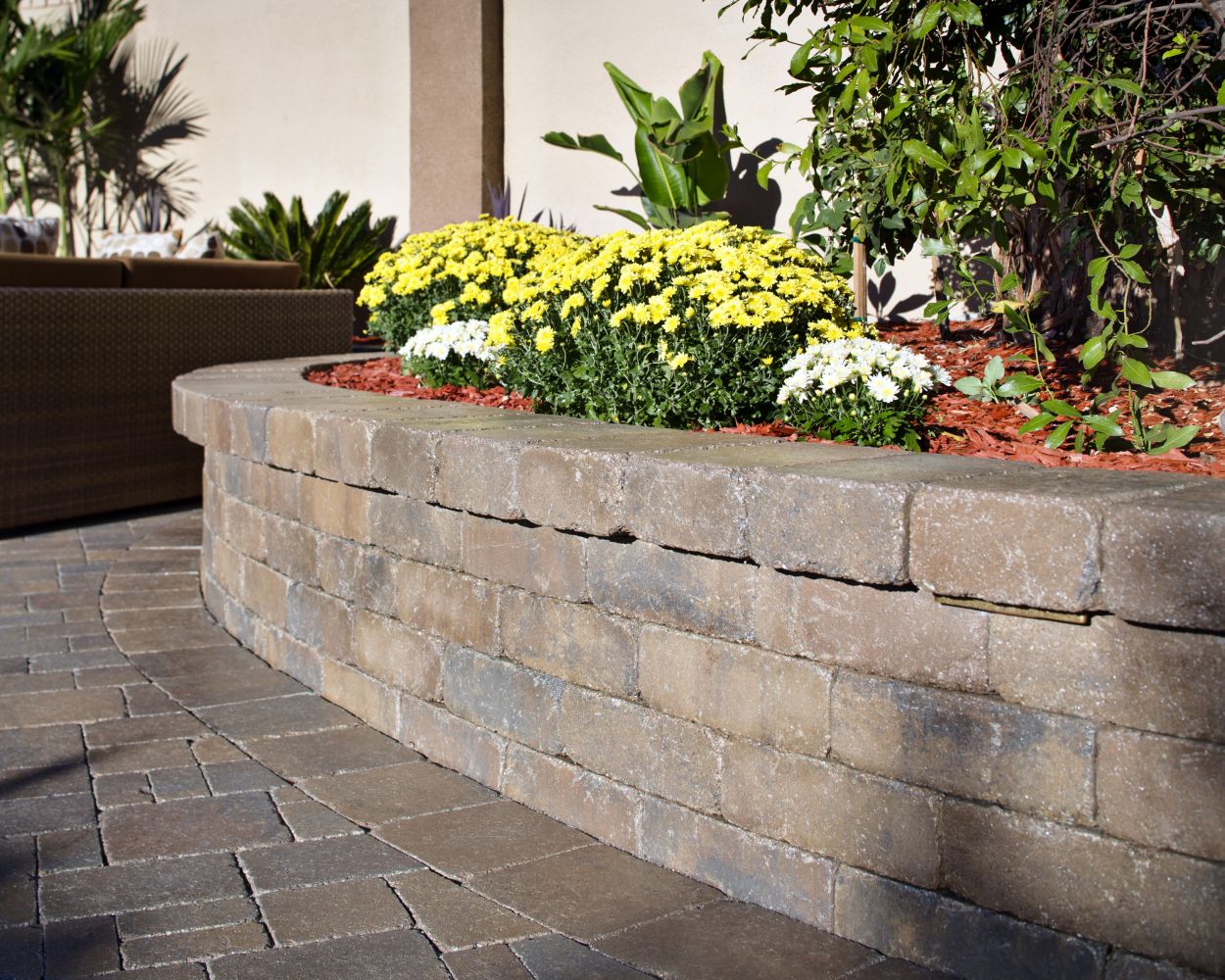
An island garden bed is the type of landscaping feature that almost any homeowner can include in their front yard or backyard.
Less expensive and easier to install than full-yard landscaping, islands give homeowners the opportunity to enhance curb appeal or improve their outdoor living spaces without redesigning their entire yard.
They are an easy way to bring in color and increase visual appeal and can be designed in any shape or size to fit any landscape design.
Islands are a perfect choice for use as a focal point when surrounded by a paving stone patio or water-saving artificial grass lawn, and they are easy to transform into something entirely new if you decide to change your landscaping theme.
An island flower bed might be the answer if you…
• Have a small backyard or front yard
• Want to break up the monotony of a boring lawn
• Want a lower-maintenance yard with lots of color and visual interest
• Want a landscaping theme that is easy to change
• Want to add a focal point without redesigning your entire yard
• Want to add color and plants without demolishing existing hardscape
• Are having a hard time picking a landscaping theme
Benefits of an Island Flower Bed
This type of garden bed is ideal for homeowners who want an attractive yard but do not want to spend a lot of time maintaining it, but there are several other benefits you can enjoy.
Here are a few examples of how you can benefit from an island garden bed:
1. Save water by grouping plants according to water requirements.
We have talked before about saving water by designing your landscaping around irrigation zones where plants with similar watering requirements are grouped together.
An island bed provides the perfect opportunity to put this into practice.
2. Save water and time with a drip irrigation system or automatic sprinkler system.
This type of planting bed provides a smaller, confined space, which means it is much easier and more affordable to install an irrigation system for an island bed than for your entire yard.
This will allow you to save water and to save the time it would take you to water your garden if you did not have an automatic sprinkler system or drip irrigation system.
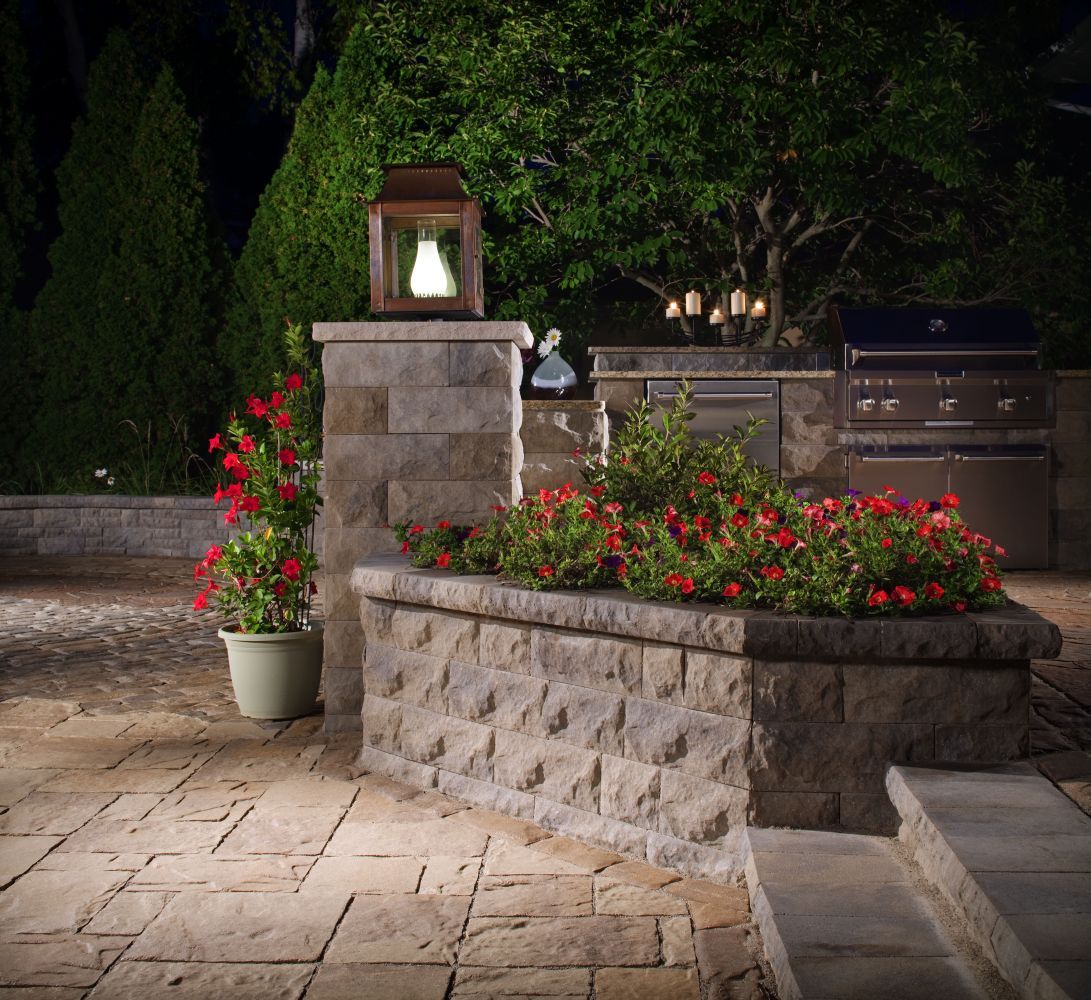
3. Save time with a smaller area to weed, water and fertilize.
If you confine your living landscape features that require care to a smaller area, this will mean less time spent weeding, watering and caring for your garden when compared to the care requirements of a yard filled with living landscaping.
4. Island beds are easier to maintain, since you can access them from all sides for weeding, pruning and other maintenance tasks.
5. Installing an island bed allows you to change the look of your outdoor living space by bringing in more color and textures without redesigning your entire yard.
6. Island gardens require less commitment.
If you are a bit of a commitment phobe, or just like to switch things up, you can enjoy the benefit of less commitment with an island bed.
This smaller, confined garden is quicker to design, less expensive to install and much easier to change than a garden that encompasses most – or all – of your yard.
This means that you can change your mind without feeling guilty and can even start over from scratch without ripping up your entire yard and emptying your bank account.
7. Island flower beds can be installed almost anywhere.
Even if your yard is currently a sea of concrete with no soil in sight, you can install an island garden bed.
As long you choose plants with appropriate soil depth requirements, you can successfully grow a garden right on top of your hardscape by installing a raised garden bed and filling it with soil.
If you go this route, you will need to keep in mind that your plants cannot reach down into the soil beneath the garden bed to find more nutrients, so you will need to add compost or fertilizer to the soil more often.
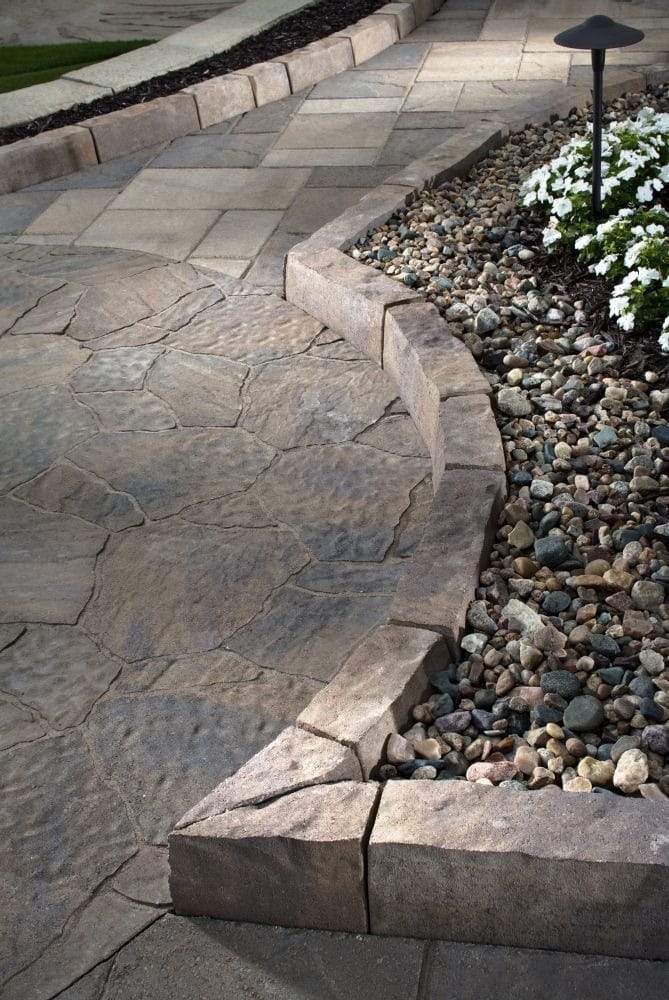
Island Flower Bed Design Ideas
Once you have decided to include an island flower bed in your landscaping design, you will need to do a little planning before breaking ground.
This will include choosing placement, shape, border materials and which plants to include.
Here are some tips to consider during the design phase.
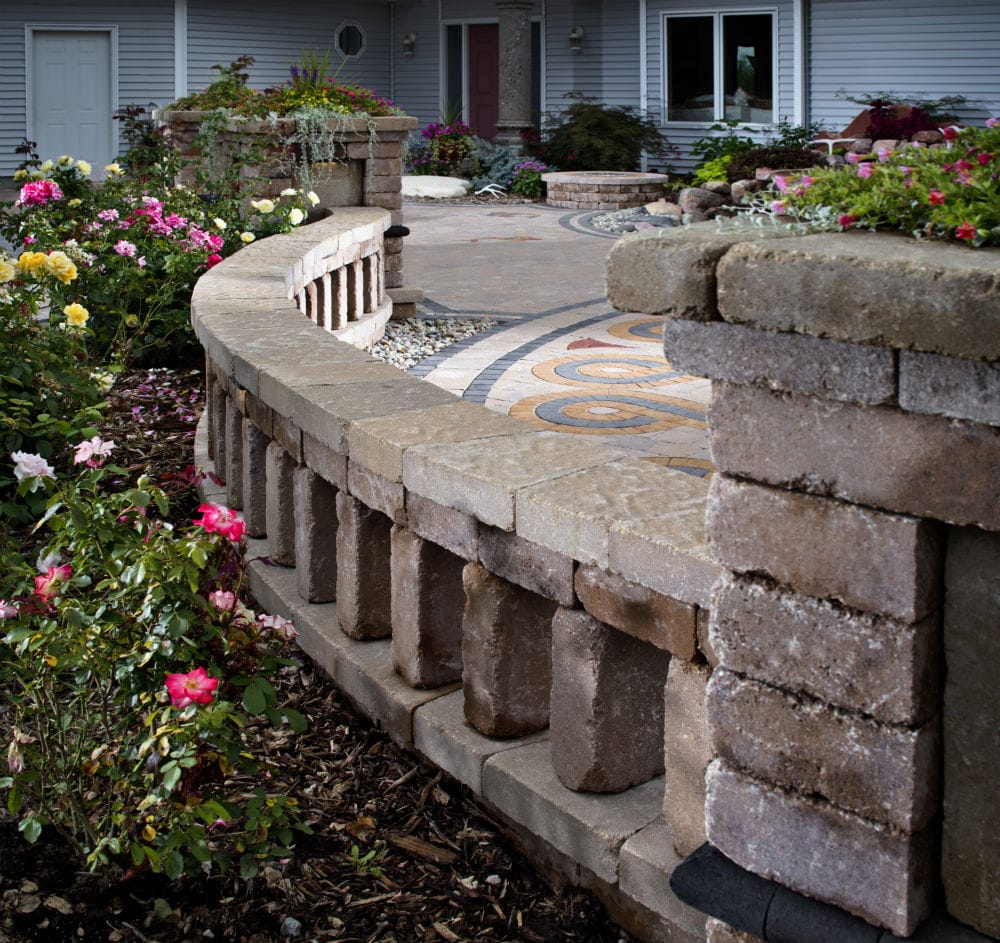
Placement
Island beds are meant to be enjoyed from all sides, so they should be placed in a location where each side can be seen from different areas in your yard.
If you are installing your bed on a natural grass lawn, you might want to pick a spot that is more difficult to keep green and healthy, or place it in the center to break up an otherwise boring lawn.
If you plan to add on to a currently installed irrigation system to accommodate your island bed, you may want to place it in an area where it will be easier and closer to make that connection.
Islands are intended to make an impact, so your garden bed should be placed with that in mind.
While it does not need to be directly in the center or your lawn or yard, it will not make a strong impact if it is tucked away in a corner of your yard.
It is best to place your island in a location that complements your other landscaping features and provides a focal point for your yard.
Island gardens can be particularly attractive when placed in the center of circular driveways or around other landscaping features, such as a fountain or statue.
Shape
Island gardens can be round, square, rectangular, hexagonal, kidney shaped, crescent shaped, octagonal or just about any other shape you desire.
The only limits that should be placed on shape choice are making sure the shape complements the rest of your landscape design and making sure that the shape will fit in the area you have chosen for your garden.
If you have borders or other shaped landscaping features in your yard, you will want to make sure the shape and borders of your island complement them.
You will also want to keep in mind that one of the nice things about islands is that you can access them from all sides, which makes them easier to maintain.
If you make your island too big, it may be difficult to reach the center for weeding and pruning.
Before you begin to dig or build your garden bed, use a rope or garden hose to create an outline of the size and shape so that you will have a better idea of how the bed will look and how well the size will fit in your yard.
This allows you to make adjustments before breaking ground.
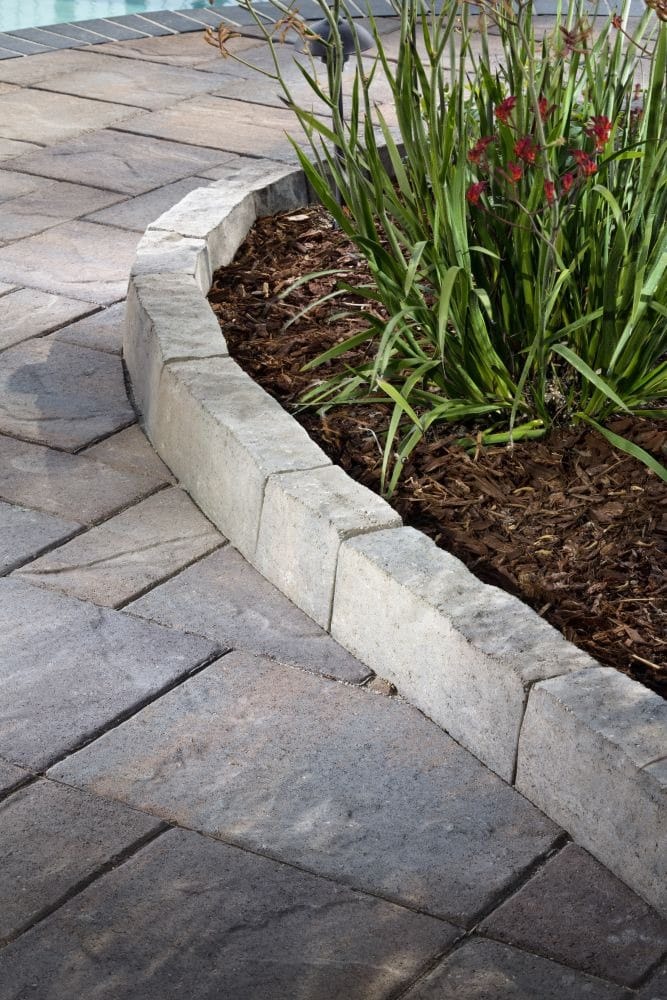
Border Options
Some islands do not have a border and are simply defined by the line where the ground cover surrounding the island ends and the soil in the island begins.
However, for a cleaner and more defined appearance, you will probably want to put a border around your island.
This will help your garden bed stand out more and will provide a raised edge within which you can add soil for your plants.
Here are some options you might want to consider when selecting border materials for your island garden:
• Railroad ties
• River rocks or small boulders
• Bricks
• Wood
• Stacked paving stones
• Glass bottles placed in the ground upside down
• Plastic or rubber landscape edging
• Concrete
• Stepping stones
• Large beach pebbles
• Low-growing, well-groomed shrubs
Planting Your Island Bed
Islands beds are a great way to bring color, texture and height to your front yard or backyard.
The plants you choose, of course, will determine just how successful you will be in installing an island that adds this visual interest to your yard.
The types of plants you choose will depend on the look you are going for and the style of your design, such as a formal garden, English garden, wildflower garden or themed garden.
If you want your island to serve a purpose other than adding visual appeal, you could also consider planting an herb garden, vegetable garden or potager (kitchen garden) in your island.
The most important thing to remember when determining which plants to plant and where to plant them is to keep your tallest plants, bushes or trees in the center of the island, and then work your way out to planting the lowest-growing plants at the edges.
Once you have planted your garden bed, you should consider covering the bare earth around and between plants with mulch, compost, wood chips or another ground cover.
Ground covers can improve the look of your garden by hiding bare soil, promote water retention in the soil, limit weed growth and, in the case of mulch or compost, can add nutrients to the soil.
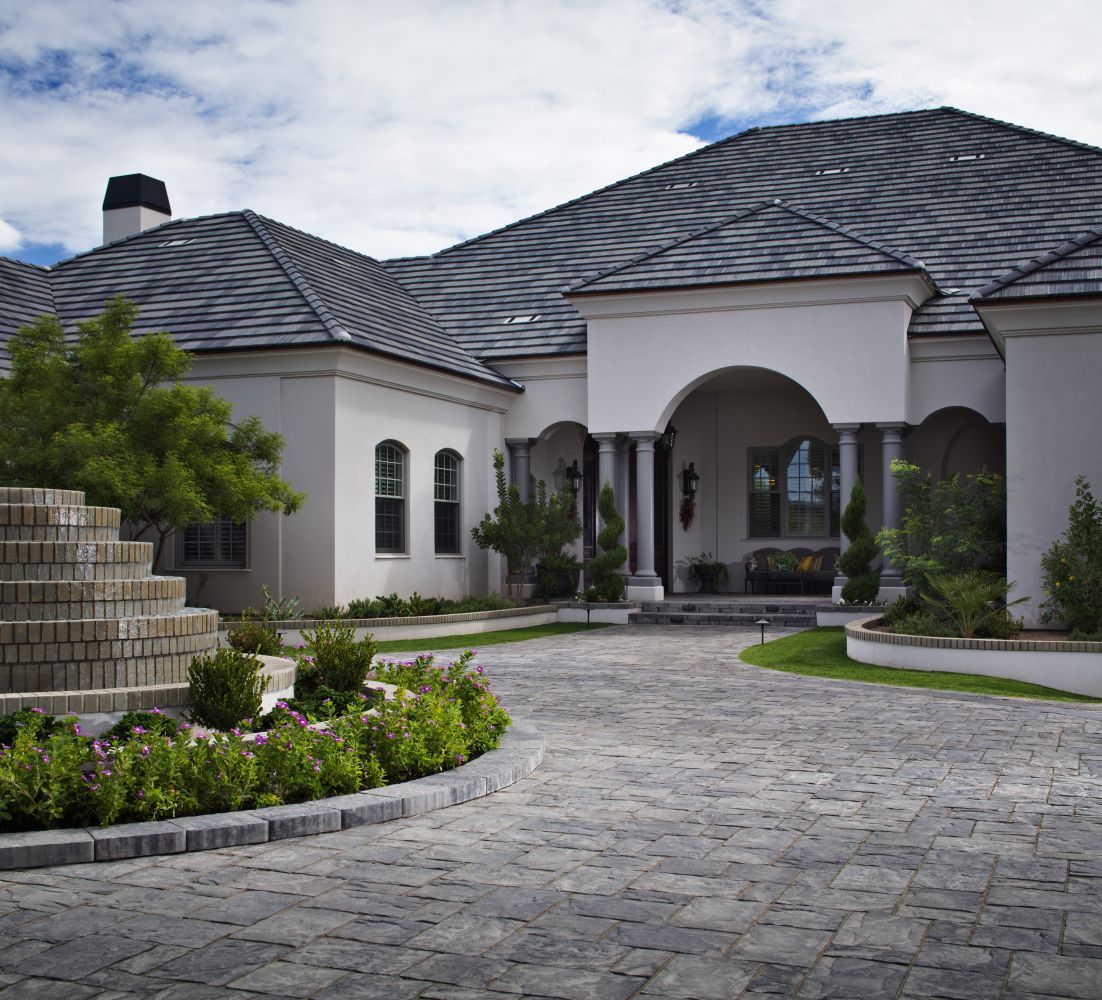
Island Garden Beds: Final Thoughts
Island beds are a great way to bring color and texture to your yard without committing to a complete overhaul or your current landscaping.
They are also the perfect choice for homeowners with large expanses of lawns that need more visual interest to increase curb appeal or large patios that could use a little color.
Since they require a smaller investment than larger landscaping projects, islands are also a good choice for homeowners looking to improve their outdoor living spaces with a limited budget.